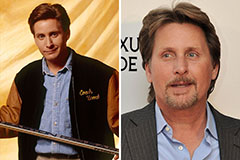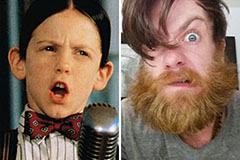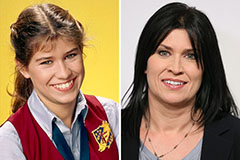The field of audiology, dedicated to the study and treatment of hearing loss and balance conditions, has actually undergone a remarkable improvement over the centuries. From its inception as a basic query into the nature of noise and hearing to today's sophisticated, technology-driven discipline, audiology has constantly developed. This post traces the historical milestones and essential discoveries that have actually formed the modern-day practices of hearing care.
The Origins of Audiology
Audiology's roots can be traced back to ancient times when civilizations like the Egyptians and Greeks initially started to acknowledge and record hearing impairments. However, it wasn't until the 19th century that the study of hearing handled a more scientific method. The innovation of the ear trumpet in the late 18th century, a fundamental gadget created to amplify sound for the hard of hearing, marked one of the earliest efforts to resolve hearing loss.The Birth of Today's Audiology
Following The Second World War, audiology experienced a considerable juncture when various veterans returned with hearing loss due to direct exposure to loud noises throughout the war This caused a pushing need for better treatments and services, prompting the formalization of audiology as an occupation. At first concentrating on basic tests to assess hearing loss, audiologists then advanced to advanced approaches for assessing hearing capabilities.Technological Advancements and Primary Discoveries
A major advancement in the field of audiology occurred with the innovation of the electronic hearing aid in the 20th century. Initially, these devices were cumbersome and had limited capabilities, but the introduction of digital technology in the latter part of the century transformed the design of hearing aids, resulting in smaller, more potent, and higher-fidelity devices that could deliver a more precise sound experience.The 1970s saw a substantial improvement with the advancement of cochlear implants, which are advanced electronic gadgets that can promote the acoustic nerve to assist individuals with serious deafness who do not benefit from regular hearing aids. Over the years, audiological research has broadened to check out not just the physical elements of hearing loss however likewise the psychological and social impacts, recognizing how hearing difficulties can affect communication, believing, and total wellness. This broadened point of view on hearing health has promoted a more inclusive treatment method that combines technical interventions with counseling and acoustic rehab.
Present Digital Period and More
Presently, audiology is at the forefront of the digital age, with progress in artificial intelligence (AI), telehealth, and personalized medication affecting the direction of hearing healthcare. Contemporary hearing devices such as hearing help and cochlear implants make use of AI innovation to adapt to different surroundings, using a high degree of clearness and customization. The accessibility of tele-audiology services, made possible by internet connections, has actually increased the ease of access of hearing care by allowing remote evaluations, fittings, and discussions.More To Come
The advancement of audiology is a testimony to the ingenuity and perseverance of scientists, clinicians, and clients alike. As we seek to the future, the field is poised to continue its trajectory of innovation, breaking new ground in our understanding and treatment of hearing and balance conditions. With continuous developments in technology and a deeper gratitude of the human experience of hearing loss, audiology will certainly improve its ability to enhance lives all over the world.The advancement of audiology, spanning from primitive ear trumpets to sophisticated AI-driven hearing gadgets, testifies to humankind's extraordinary accomplishments in attending to the complexities of hearing impairment. This storyline represents our continuous pursuit of knowledge, development, and refinement, highlighting our unwavering devotion to analyzing the intricacies of noise and human connection.
 Emilio Estevez Then & Now!
Emilio Estevez Then & Now! Michael J. Fox Then & Now!
Michael J. Fox Then & Now! Bug Hall Then & Now!
Bug Hall Then & Now! Nancy McKeon Then & Now!
Nancy McKeon Then & Now! Batista Then & Now!
Batista Then & Now!